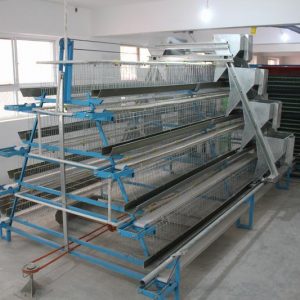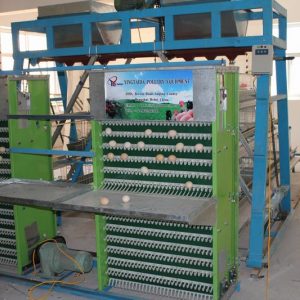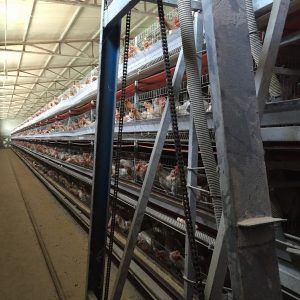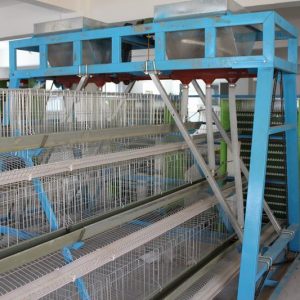
Ten key points of raising technology for mountain laying hens
Due to the small quantity of native eggs, it is difficult to buy them on the market. For this reason, mountain laying hens are a good project for farmers to increase their income. The following editor summarizes the following ten key breeding techniques based on the experience of major breeding professional households, for reference only.
The light should be constant.
During the laying period, the light is maintained for 16 hours a day, and the light can be increased to 17 hours 4 weeks before the chickens are eliminated. The light intensity should be appropriate.
The chicken coop should be warm.
The required temperature range for laying hens is 8℃~27℃, and the most suitable temperature is 13℃~24℃.
The temperature should be appropriate.
Laying hens require a humidity range of 50% to 70%, and an optimum temperature of 60% to 65%.
The ventilation must not be forgotten.
The skylight should be opened or exhaust fan should be installed every day to prevent wind intrusion.
Try to prevent stress.
The chicken coop requires strong construction to avoid the entry of dogs, cats, rats, and birds.
Drinking water is clean and warm.
The water intake in winter is twice the feed intake.
Increase material energy.
Use reasonable full-price feeds, and add some energy feeds, such as oil and corn.
Disinfection should be timely.
Choose two or more different disinfectants, such as Baidusha, Weili iodine, peracetic acid, chlorine preparations, etc. to be used alternately.
Dosing should be reasonable.
Antibody monitoring of laying hens is carried out on a regular basis, vaccines are not used blindly, highly sensitive drugs are selected, colibacillosis and staphylococcus disease are controlled in time; secondary infections of diseases such as mycoplasma, Newcastle disease and avian influenza are prevented.
Adjust the flock.
By the age of about 200 days, weed out chickens with atrophy of the crown, contraction of the phalanx, tight feathers, dry leg skin, thin pectoral muscles and sagging abdomen to keep the flock healthy.



